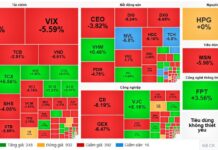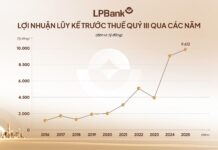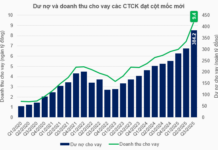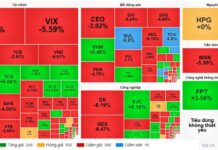This familiar item is corn. According to the statistics of the General Department of Customs, in January 2024, Vietnam imported nearly 1 million tons of corn (an increase of 22% in volume compared to January 2023), equivalent to a value of over 250 million USD, with an average price of 255 USD/ton. The leading markets that supply corn to Vietnam currently include Brazil, Laos, Argentina…
Prior to that, in 2023, Vietnam spent 2.87 billion USD to import various types of corn, an increase of 1.1% in quantity and a decrease of 14.1% in value compared to 2022.
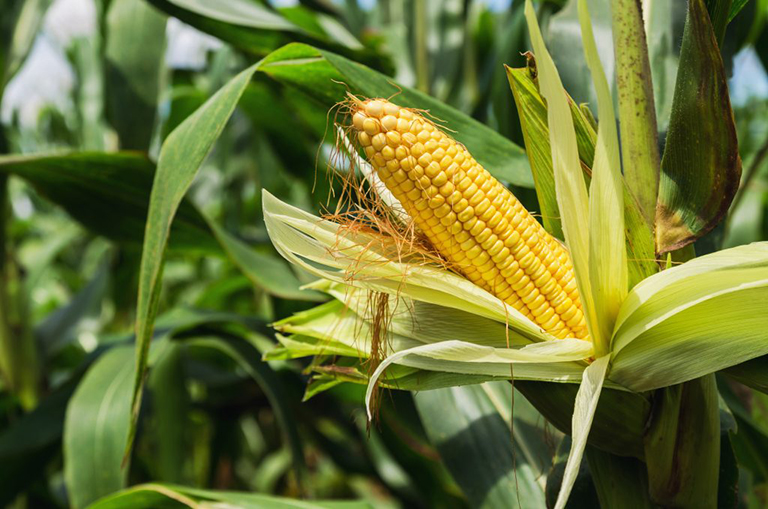
Corn is the commodity that Vietnam imported the most in January 2024. Illustrative image
According to a recent survey by Statista, Vietnam ranks among the top 30 countries in the world for growing corn, and is among the largest corn importers in the world, only behind China, Europe, Mexico, Japan…
According to the Vietnam Institute of Agricultural Sciences, the area of corn cultivation in Vietnam is about 1.1 million hectares annually, with a production volume ranging from 4.5 to 5 million tons per year.
Clearly, Vietnam can produce millions of tons of corn every year. So why does our country still spend billions of dollars to import this commodity from other countries around the world.
Reasons why Vietnam spends billions of USD to import corn
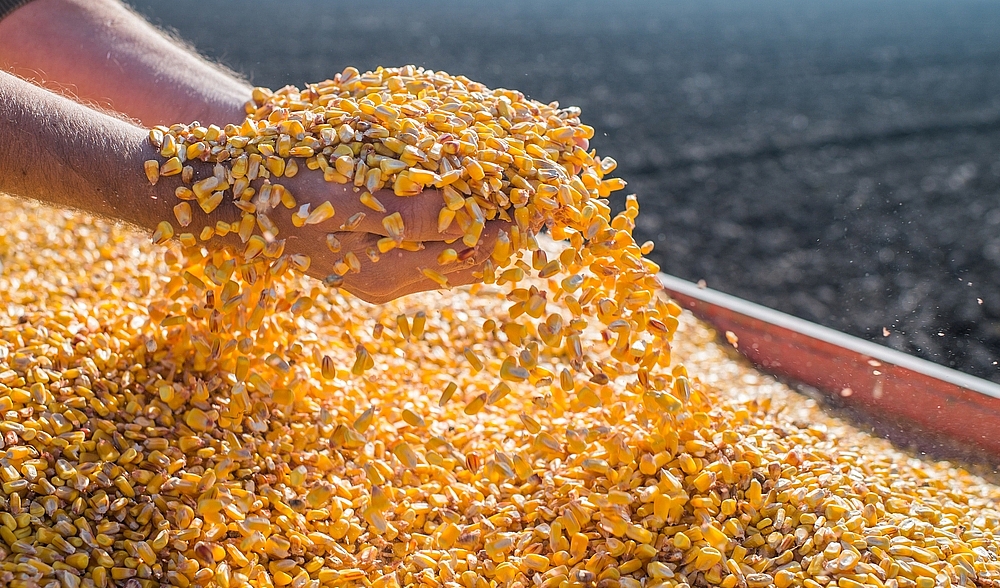
Vietnam imports corn to use as feed for livestock, poultry, shrimp, and fish. Illustrative image
According to the representative of the Department of Livestock, Ministry of Agriculture and Rural Development, corn is considered an important commodity for the livestock industry. It is a major cereal in the diet of livestock and poultry, depending on the stage of development.
In an exchange with Tuoi Tre newspaper, the representative mentioned that the reason why our country still has to spend billions of dollars annually to import corn is because the domestic farming sector can only meet about 37% of the raw material demand for livestock feed production.
In addition, according to experts in the agricultural industry, Vietnam not only needs corn to produce feed for livestock and poultry, but also needs genetically modified corn to produce feed for shrimp and fish.
Moreover, in recent years, the area of corn cultivation in our country has been continuously declining. The reason is that domestic corn finds it difficult to compete with imported corn due to its high production cost.
According to the forecast of the US Department of Agriculture (USDA), with the trend in the meat industry, the demand for corn and cereal by-products for livestock feed production in Vietnam will continue to increase with a three-fold increase in the coming years.
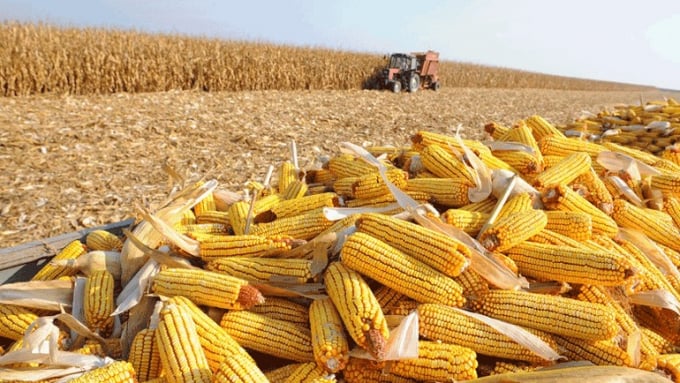
To reduce dependence on imported raw materials, experts believe that Vietnam needs to develop and utilize domestic corn to produce livestock feed. Illustrative image
At the conference “Finding solutions to supplement livestock feed supply in Vietnam” held in August 2021, experts agreed that to reduce the pressure of dependence on imported raw materials and reduce costs, it is necessary to develop and utilize domestic raw materials, especially corn, to produce livestock feed.
To have some degree of control over the corn supply, experts believe that Vietnam needs to encourage businesses, especially livestock feed production companies, to collaborate with producers and cooperatives to form supply chains that meet the quality requirements for feed processing.
In addition, the state needs to encourage and prioritize investment in research, technology transfer for corn production, drying, and preservation.
Corn is an important grain crop. In addition to using the seeds, farmers can also utilize other parts of the plant. For example, corn leaves can be used as feed for livestock, while old and dry corn stems can be used as firewood, fertilizer… When growing corn, humans can make use of 100% of its products including stems, leaves, cores, and grains. Especially, in the same weight of 100 grams, corn provides more energy than sticky rice and regular rice.
References: Customs, Mard, USDA, Statista

